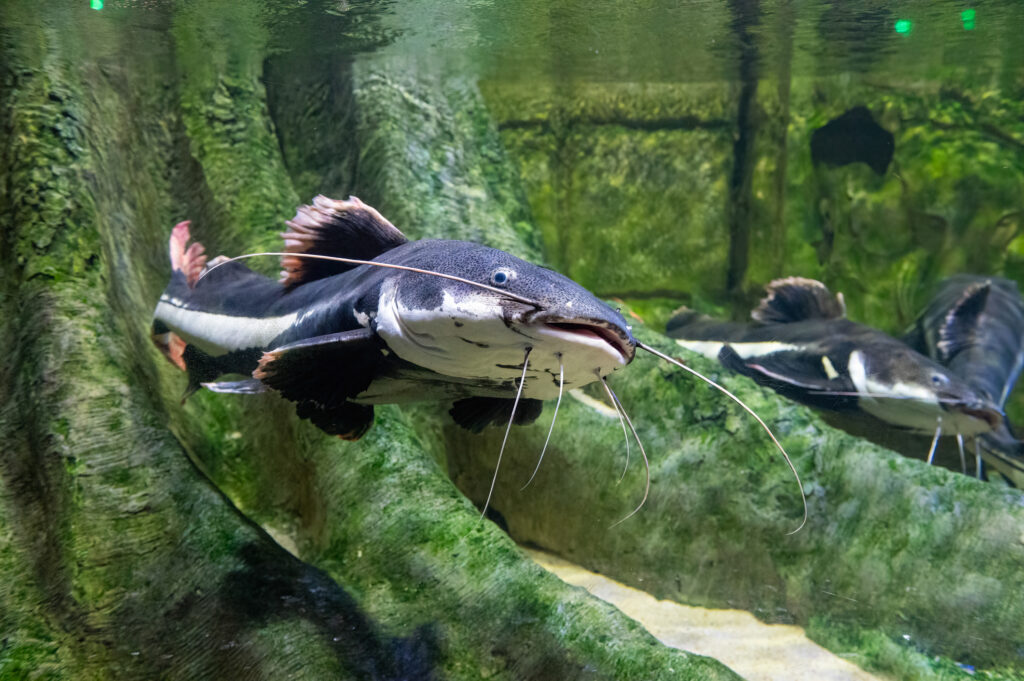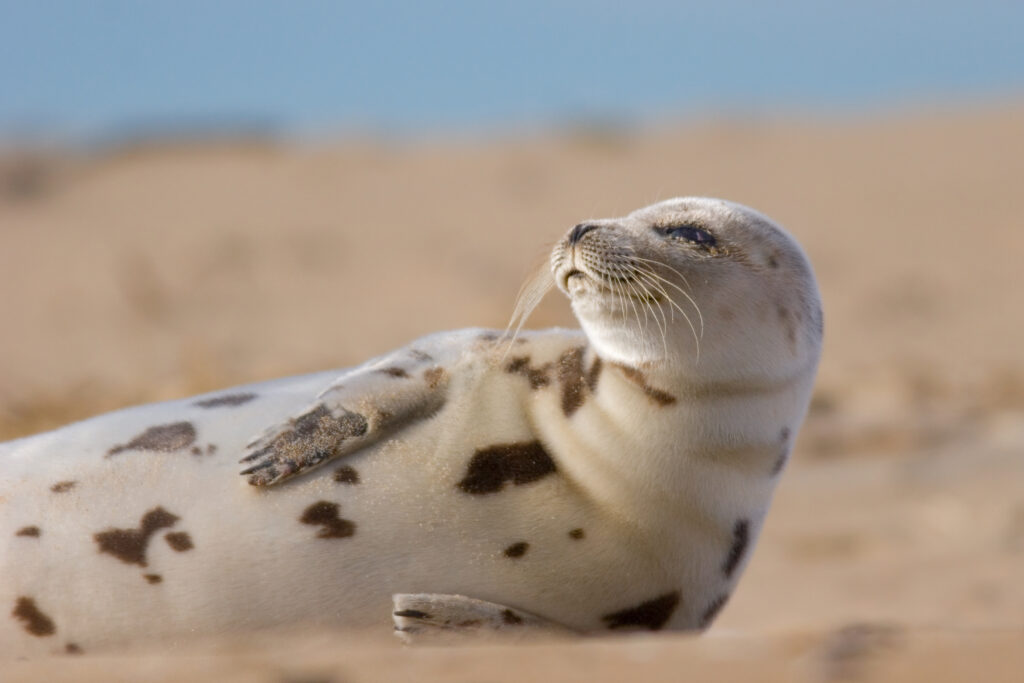Animals can be incredibly fascinating not only for their appearance and characteristics, but also the way they behave. Creatures across the world are able to communicate with each other, but how exactly do they do this? Let’s find out!
Can animals talk to each other?
We already know that animals don’t communicate in the same language as humans, but that’s not to say that they don’t talk to each other in other ways. Many animals have their own unique languages that they can take advantage of in order to warn others of trouble, announce their intentions for mating or to assert their presence.
In most cases, animal communication will happen between the same species, but animals of different species can usually infer some meaning from each other – just as we can with our pets.
The ways in which animals talk to each other can vary greatly, from sound, physical touch and even electric communication!
Communication through sound
Known as auditory communication, this is interaction based on sound and is a widely used form across the animal kingdom. It’s how we communicate as humans, and the other most common example is probably birds.
However, there are many animals that use some sort of sound to communicate with one another. This can include barks, whistles, grunts and growls. It’s also important to remember that some of these sounds don’t necessarily come from a vocal organ either – for example, many insects will rub their legs together to make the necessary noise to communicate a message.
Cetaceans, including whales, dolphins and porpoises, have evolved over the years to send and receive sounds in order to communicate with each other. Dolphins will make a distinctive clicking and whistling. Other Aquatic Species like red-tailed catfish will also use clicks. Aquatic mammals like seals will use their larynx, while some crabs will tap surfaces.

Visual communication
Visual communication can be incredibly effective, especially amongst sea creatures. This is often displayed through colours and movement. For example, many poisonous or venomous creatures will be brightly coloured in order to warn predators, which is a phenomenon known as aposematic colouring.
Many fish will make gestures or movements in order to communicate their intentions, especially when mating.
Physical touch communication
Also known as tactile communication, animals will often display physical forms of communication whether it be positive or negative. These are usually signals of some description, whether it be rubbing fins or flippers or even biting or ramming! For example, seals may clap their flippers underwater. Some turtles have been known to ram into each other and try to flip each other over – even the hatchlings!

Chemical communication
A lot of animals can communicate using pheromones, which act a little bit like hormones. These pheromones are secreted, and then detected by other animals. They are typically used for attracting mates or marking territory.
For instance, crustaceans can secrete this chemical signals through their urine and also on to their body surface. They can also detect these chemicals by flicking their antennas to draw the chemicals in the water closer. Similarly, fish can release pheromones through urine.
Electric communication
Electrocommunication is rare across the wider animal kingdom, but is particularly seen across aquatic animals. The most obvious is the electric eel, producing electricity in pulses to convey information about other eels in the vicinity.
Electric signals are used for social communication, but they can also help to detect prey and predators. In many cases, fish that use electric communication live in deeper or murky waters where visibility isn’t always great.
Other examples of fish that can communication through electric fields includes rays and skates. For instance, the polka dot stingray has electroreceptors around their mouth and snout to help them detect changes in the environment.
As you can see, the world of communication is a vast one, especially in our world’s oceans. Why not come and learn more about the fascinating features of our most popular sea creatures right here at Tynemouth Aquarium? Book your tickets online today!
